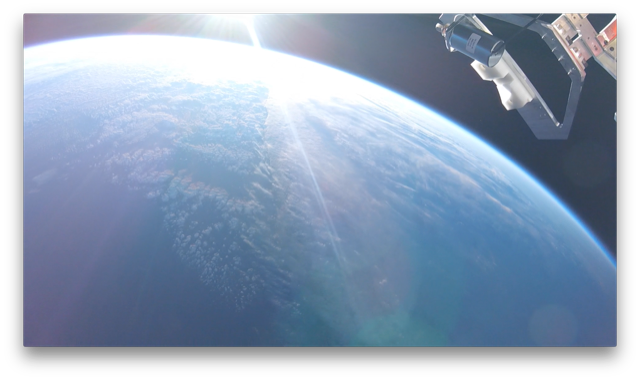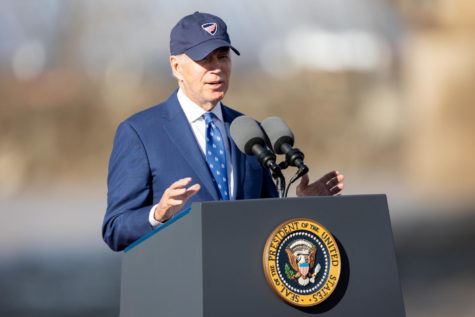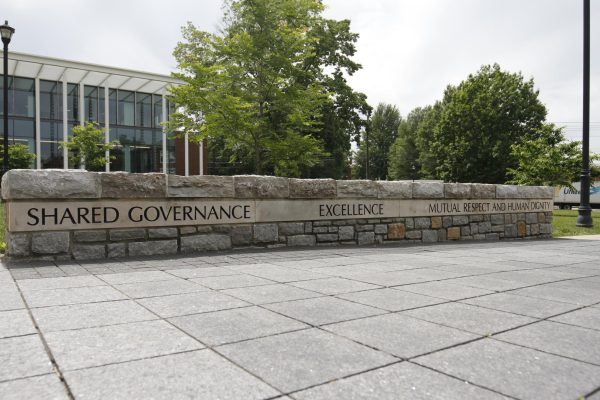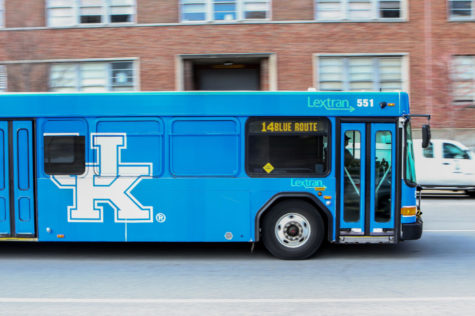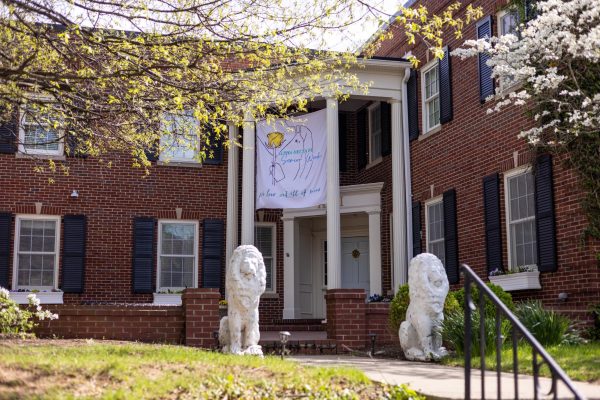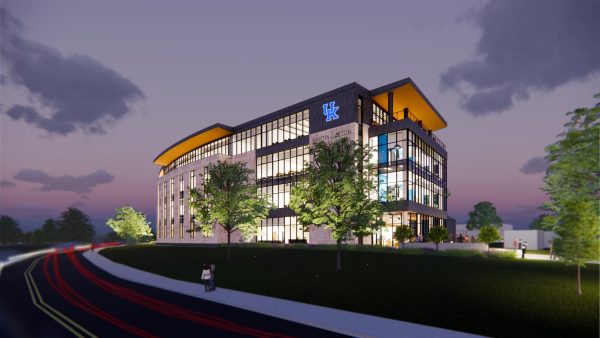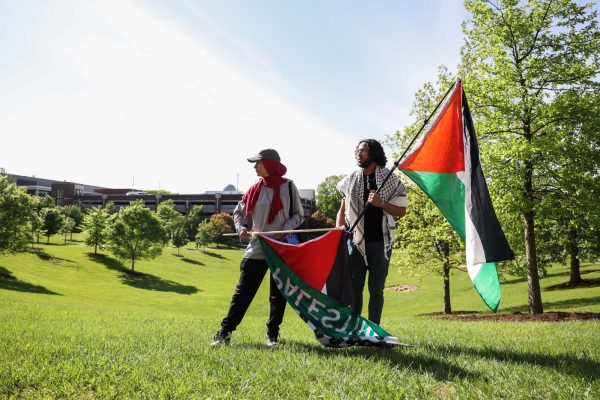NASA Kentucky launch a partial success; students look to future
A screenshot taken from GoPro footage of the reentry device’s flight provided by the Kentucky Reentry Universal Payload System or KRUPS.
March 28, 2018
After several delays, UK students with KRUPS, or Kentucky Reentry Universal Payload System, launched a full-scale re-entry capsule into space from a NASA base in Virginia on Sunday.
The design came after years of diligent work, test launches and improvements. The launch hoped to provide needed data such as reentry temperatures and the endurance of the materials.
Unfortunately, the team was unable to recover the vehicle or the data necessary to propel the project into the next stage: orbital flights.
The team did get some good news. The members were able to verify the subsystems during the experiment. These subsystems include electronics, release mechanism, internal housing, communication, and the reentry vehicle.
“Verifying the subsystems puts the experiment closer to validating that the whole system works in microgravity environment,” said Devin Sparks, a Masters of Science student in the Department of Mechanical Engineering and graduate student lead on the project.
The system validation will improve the Technology Readiness Level of the project, which puts the project closer to launching an orbital flight from the International Space Station. For now, the future of the project must focus on recovering data.
“This launch has been a great learning experience for all of the students involved,” Sparks said. “We expected to have a fully successful mission but transmitting data while entering the atmosphere at high speeds can be a tough task.”
Sparks said the team will begin preparing for the next launch, learning from the past mistakes and helping the next group of students make the adjustments needed for full success.









































































































































